It's often said that "change is the only constant," and right now the advertising marketplace is feeling the winds of change blowing hard in the form of inflation. With inflation reaching levels not seen since December 1981, we are navigating uncharted waters in the realm of advertising and marketing. But as the great philosopher Seneca once remarked, "A smooth sea never made a skilled sailor." So, let's dive into how inflation is shaping the advertising landscape and how we, as marketers, can not only weather the storm but also set sail towards success.
A recent survey by the Interactive Advertising Bureau (IAB) revealed that ad spending in the second half of this year is expected to outstrip original plans by 7%. However, not all categories are buoyed by the same tides. Travel and tech sectors are forecasting higher spending than anticipated, with 27% and 15% increases, respectively. Meanwhile, the automotive sector is foreseeing a slight dip in spending, about 2% lower than initial plans, and health and wellness are projected to decrease spending by 5%.
What's driving these shifts in ad spend? Economic issues, supply chain problems, and of course, consumer inflation are at the heart of the matter. In fact, nearly 60% of respondents said they would opt for less expensive brands in various product categories, like food, personal care, and alcohol, given the current inflationary climate.
As inflationary pressure seeps into the global advertising market, media buyers are grappling with unprecedented levels of ad cost inflation. This is particularly evident in the realm of TV advertising. Yet, amidst these challenges, Kantar advises marketers to be "bold". Instead of diluting efforts across a multitude of ideas, the focus should be on a select few - the top 20% most effective touchpoints that typically deliver 80% of the brand impact.
However, paid media, which accounts for only 25% of all touchpoint impact, must be carefully balanced with other touchpoints, such as product experiences and word-of-mouth, which can contribute up to 75%5. In essence, paid media should work alongside earned and owned touchpoints to give your brand a competitive edge.
In these inflationary times, efficiency is the key to unlocking success. By accelerating digital transformation, focusing on hyper-targeting, and maintaining smart marketing spend, marketers can not only curb inflationary pressures but also take the lead in the industry.
Another impact of inflation? Wage inflation in the agency world. The median salary increase for agency pros in the U.S. was a robust 15.6% versus the 2021 survey, indicating that the effects of inflation are rippling across all aspects of the advertising industry.
As we adapt to these inflationary pressures, there's one more tool in our arsenal - technology. Record inflation is necessitating faster adoption of machine learning and automation, which can help marketers make the most of their ad dollars in paid media channels. These technologies are also the keys to unlocking personalized content for every customer across the various stages of their shopping journeys.
In conclusion, while inflation presents challenges, it also offers opportunities for marketers to innovate and thrive. It's a testament to the resilience of the advertising industry, continually adapting and rising to meet the demands of an ever-changing economic landscape.
Authored by: Adam Ortman, Kinetic319 | Founder & President

